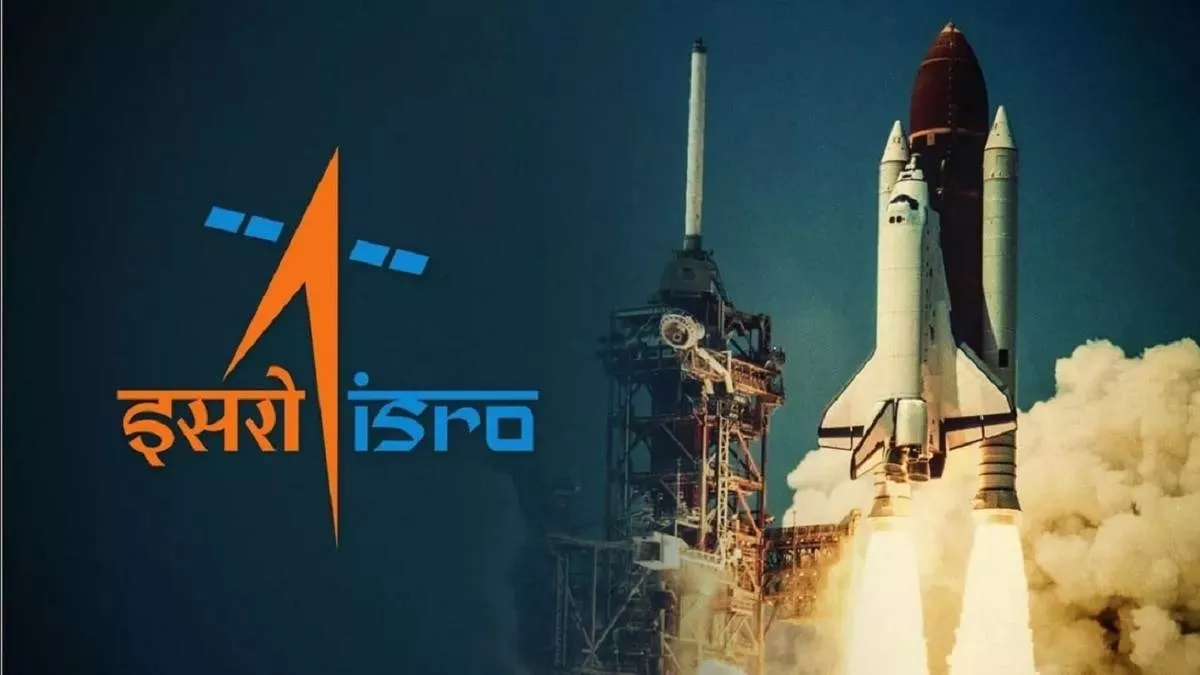Indian Space Research Organization
The Indian Space Research Organization (ISRO) is the country’s official space agency. ISRO, which was founded in 1969, is in charge of overseeing all national space exploration, development, and research initiatives. It is controlled by the Department of Space (DoS), which reports to India’s Prime Minister. The head of the Department of Space is also the Chairman of ISRO.
What are the objectives of ISRO?
- Space Research and Exploration: ISRO carries out research and exploration tasks in the fields of astronomy, planetary exploration, and space science. Future missions to additional heavenly bodies are being planned, in addition to the Chandrayaan-1 and Chandrayaan-2 missions to the Moon and Mars, respectively.
- Development and Launch of Satellites: ISRO creates, develops, and launches a range of satellites for meteorology, remote sensing, communication, and scientific research. These satellites are used for telecommunications, weather monitoring, and resource management, among other things.
- Launch Vehicle Development: The Polar Satellite Launch Vehicle (PSLV) and the Geosynchronous Satellite Launch Vehicle (GSLV) are two of the launch vehicles that ISRO has created and which are used to launch satellites into various orbits.
- Applications in Space: The technologies and satellite services provided by ISRO have benefited several industries in India, including agriculture, disaster management, healthcare, education, and communication. Resources management and environmental monitoring benefit greatly from the data that remote sensing satellites give.
- International Collaboration: ISRO works on cooperative missions, research projects, and technology development with several international space agencies and organizations. This partnership facilitates the sharing of knowledge and skills.
- Human Spaceflight: As part of its human spaceflight program, ISRO is working to send Indian astronauts (known as Gagannauts) to space. India’s capabilities to launch and manage crewed missions will be demonstrated through this initiative.
What is the historical background of ISRO?
The history of ISRO (Indian Space Research Organisation) began with the country’s early 20th-century space exploration endeavours. Founding Members like Vikram Sarabhai and Homi Bhabha created the foundation for organized space research after India’s independence in 1947. The Department of Atomic Energy established ISRO as an independent organization in 1969. In 1972, it was moved under the newly created Department of Space. Early accomplishments of ISRO included building the Satellite Launch Vehicle (SLV-3) in the late 1970s and launching its satellites. The successful launching of Chandrayaan-1 to the Moon in 2008 and the Mars Orbiter Mission (Mangalyaan) in 2013 are among the organization’s notable accomplishments. These accomplishments highlight India’s growing influence in space technology and exploration, further establishing ISRO’s position as the country’s main space agency.
With more recent achievements, such as the soft landing of its Chandrayaan-3 Moon mission in 2023, ISRO’s advancements have continued. India has improved its standing in the international space arena thanks to ISRO’s dedication to technological progress, satellite creation, and cooperative projects with other nations.
What are the major achievements of ISRO?
- Satellite Launch Capability: The Polar Satellite Launch Vehicle (PSLV) and the Geosynchronous Satellite Launch Vehicle (GSLV), which ISRO built, have successfully launched a variety of satellites into different orbits.
- Mars Orbiter Mission (Mangalyaan): ISRO’s Mars Orbiter Mission (Mangalyaan) made history in 2014 when it became the first Asian spacecraft to orbit Mars. India became the first country to accomplish this feat in its initial attempt, making it the fourth space agency to do it.
- Chandrayaan Missions: The Chandrayaan missions, launched by ISRO in 2008 and 2019 respectively, have shed important light on lunar geology and the existence of water molecules on the Moon’s surface.
- Satellites for communication and navigation: The NavIC (Navigation with Indian Constellation) satellite navigation system from ISRO offers precise positional data over India and the surrounding area. The company has also set up a vast network of communication satellites, improving connectivity all around the nation.
- Satellite Constellations: ISRO manages a network of remote-sensing satellites, such as the Cartosat series, which are useful for applications including resource monitoring, disaster management, and urban planning.
- Reusable Launch Vehicle Technology Demonstrator: ISRO has been working on reusable launch vehicle technology through the RLV-TD program to create a practical means of gaining access to space.
- International Collaboration: ISRO engages in cooperative missions, research, and technology development with several international space agencies and organizations.
- Aditya-L1 Solar Mission: The forthcoming ISRO Aditya-L1 mission will explore the Sun’s corona and offer information on solar activity and space weather.
- Crewed Space Mission: ISRO’s Gaganyaan mission seeks to launch Indian astronauts (Gagannauts) into orbit to demonstrate India’s capability in human spaceflight.
- Commercial Launch Services: ISRO participates in the global satellite launch industry by providing competitive commercial launch services for satellites from other nations.
What are the future missions of the Indian Space Research Organization?
- Gaganya ISRO’s ambitious human spaceflight program intends to launch Gagannauts, or Indian astronauts, into orbit. Life support systems, crewed spacecraft, and astronaut training are all part of the Gaganyaan expedition.
- Aditya-L1: The objective of this solar mission is to investigate the corona, solar emissions, and magnetic activity of the Sun. Our understanding of space weather and how it affects Earth is to be improved by Aditya-L1.
- Mars Orbiter Mission 2: Mangalyaan-2, the second Mars Orbiter Mission ISRO plans to send a second trip to Mars to conduct additional research on the planet’s surface, atmosphere, and geology. This mission will build on the success of the first Mars mission.
- Venus Orbiter Mission: LISRO is considering a mission to research Venus’ atmosphere and surface characteristics, called the Venus Orbiter Mission. The mission attempts to further our knowledge of the planet’s evolution and makeup.
- AstroSat-2:The successful AstroSat mission’s successor, AstroSat-2, will carry on its observations of celestial objects in a range of wavelengths, including X-rays and ultraviolet.
- Reusable Launch Vehicle (RLV) Technology Demonstrator: ISRO keeps working on creating a reusable launch vehicle to lower the price of space access.
- Space Telescopes and Observatories: ISRO is developing advanced observatories for a better understanding of space phenomena as well as space telescopes for studying the atmospheres of exoplanets.
- Asteroid and Outer Solar System Missions: ISRO is considering missions to explore asteroids and outer planets as part of its exploration of the extreme regions of the solar system.
- Advanced Satellite Systems: The Indian Space Research Organization (ISRO) is constantly developing new communication, remote sensing, and navigation satellites.





